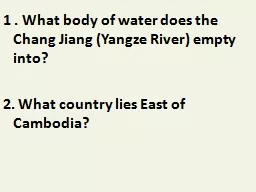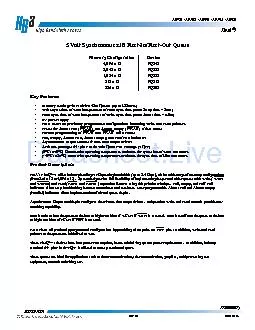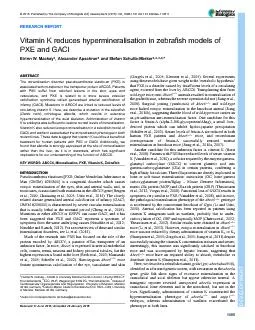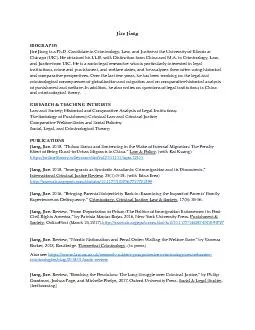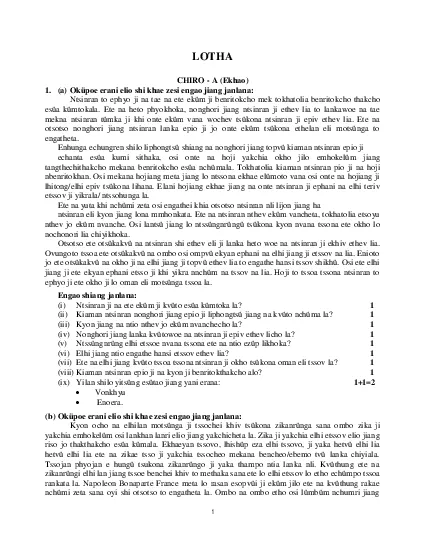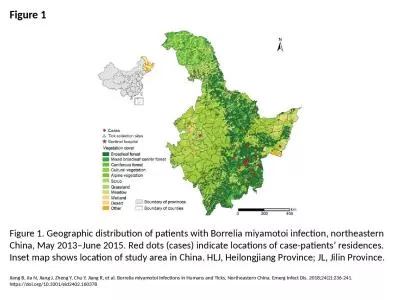PPT-1 . What body of water does the Chang Jiang (Yangze River) empty into?
Author : alexa-scheidler | Published Date : 2018-09-24
2 What country lies East of Cambodia Focus India China Japan Landscape of East Asia among the roughest in the worldyet is one of the most populated place in the
Presentation Embed Code
Download Presentation
Download Presentation The PPT/PDF document "1 . What body of water does the Chang Ji..." is the property of its rightful owner. Permission is granted to download and print the materials on this website for personal, non-commercial use only, and to display it on your personal computer provided you do not modify the materials and that you retain all copyright notices contained in the materials. By downloading content from our website, you accept the terms of this agreement.
1 . What body of water does the Chang Jiang (Yangze River) empty into?: Transcript
Download Rules Of Document
"1 . What body of water does the Chang Jiang (Yangze River) empty into?"The content belongs to its owner. You may download and print it for personal use, without modification, and keep all copyright notices. By downloading, you agree to these terms.
Related Documents

